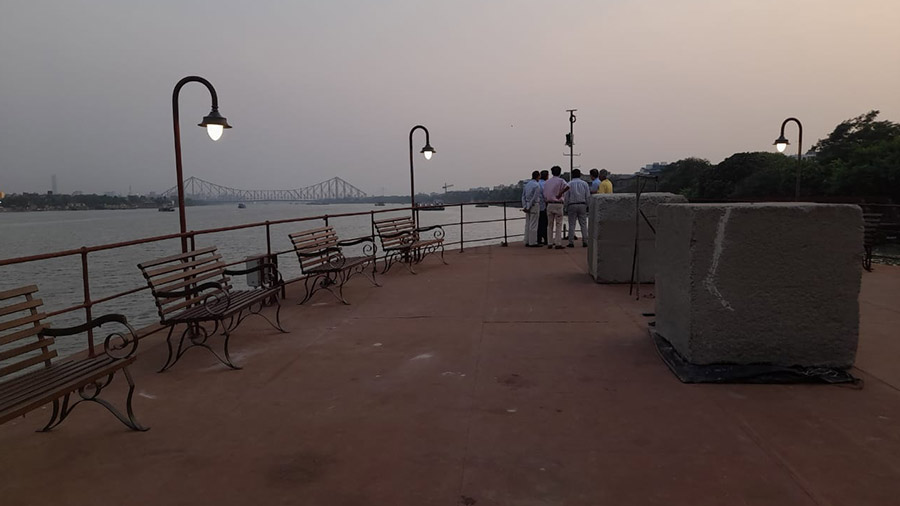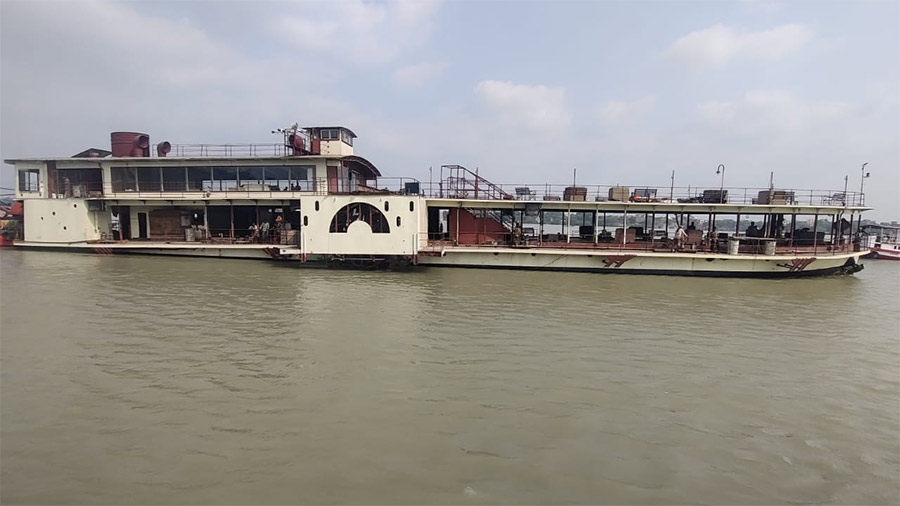An 80-year-old paddle steamer is all set to sail on the Hooghly, taking tourists on a heritage tour of the riverbanks.
Paddle Ship Bhopal, built in England’s Dumbarton Shipyard in 1942, is being renovated by the Kolkata Port Trust (KoPT) with the help of a private organisation and is expect to sail from December this year or January 2023. The steamer had been used as a training ship for years.
Goutam Chakraborty, former security adviser and present honorary heritage adviser of KoPT, explained how Paddle Ship Bhopal is different from other vessels. “Unlike modern ships, it has propellers on both sides and it was mainly used for inland trade and later as a passenger ship. Later, it came to be used as a training ship. Besides that, the steamer was also used for navigation and to pull other steamers and ships,” he said.
The port trust has been conducting specially curated heritage tours on Hooghly since 2018. Tourists are taken to different ghats, the port museum and Howrah bridge. Currently, a steamer named Sea Land is used for the purpose. “As soon as PS Bhopal is ready to sail, it will replace Sea Land. We have done a total of 28 tours since 2018, hopefully, the 29th would be on the new ship,” Chakraborty said.
Post renovation, PS Bhopal will have a dining space, an auditorium and a museum besides a special gallery for port-related artefacts. It will be able to accommodate around 100 tourists on each trip. “The three-storey steamer will have glass flooring so that the engine room is visible. The paddles on both the sides will also have glass casing,” a port official said.
The 62.6m x 2.4m ship’s engine has also been modified.

‘PS Bhopal’ has a large deck and can accommodate 100 tourists on each trip. Goutam Chakraborty
PS Bhopal has immense historic value and is the only one of its kind in India. Some paddle ships are still in use in the UK and Bangladesh. “Till 1904, Kolkata port was extremely important for trade. This ship used to venture into riverine undivided Bengal and Assam. Along with several British traders, many noted Bengali traders were associated with inland trading at that time,” Chakraborty said.
